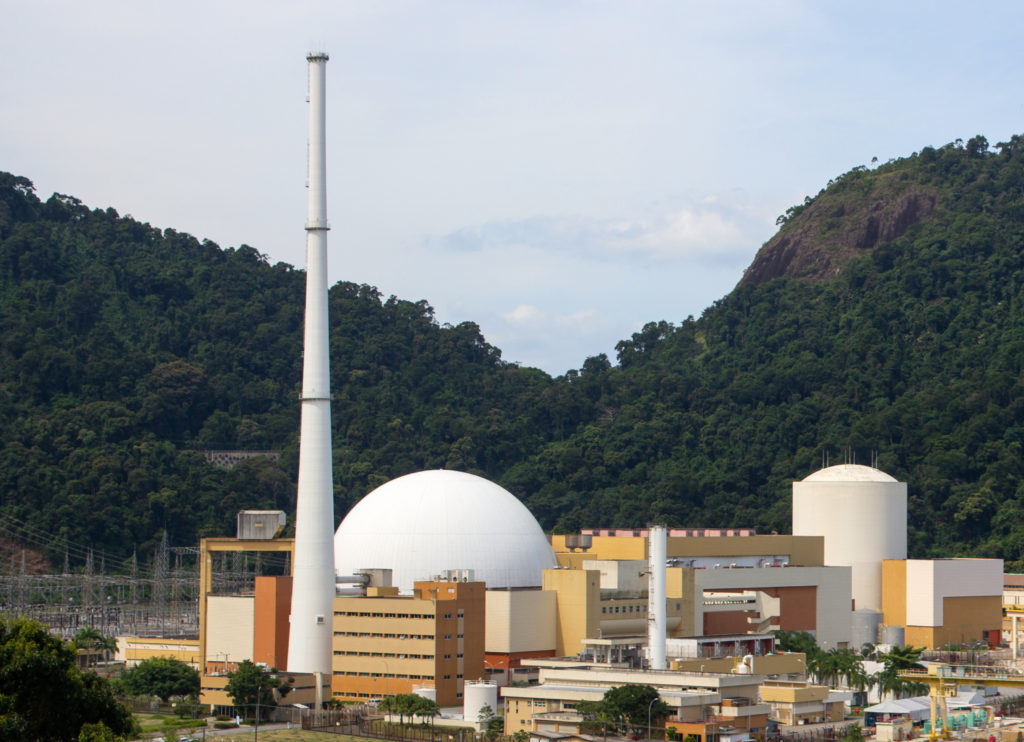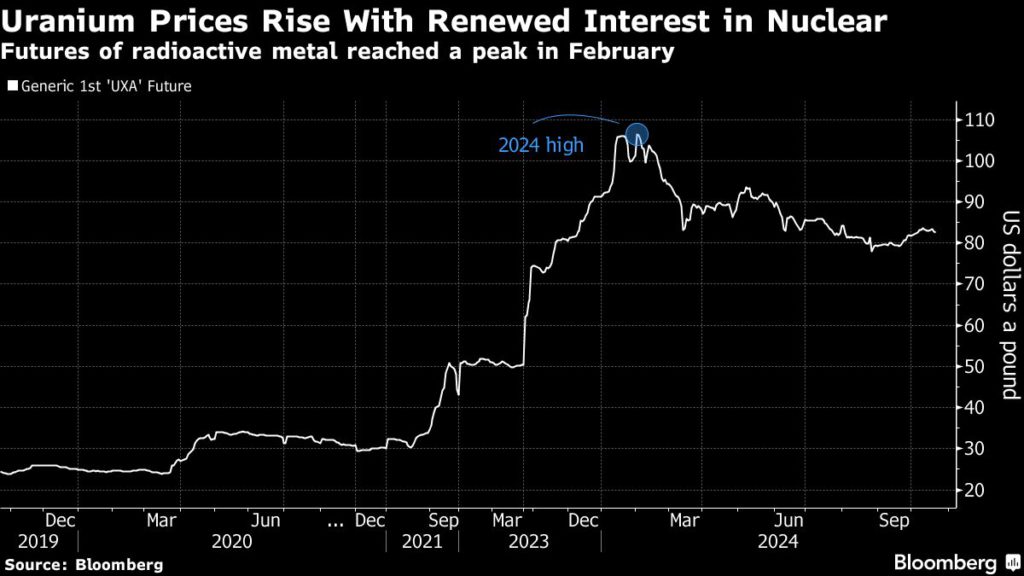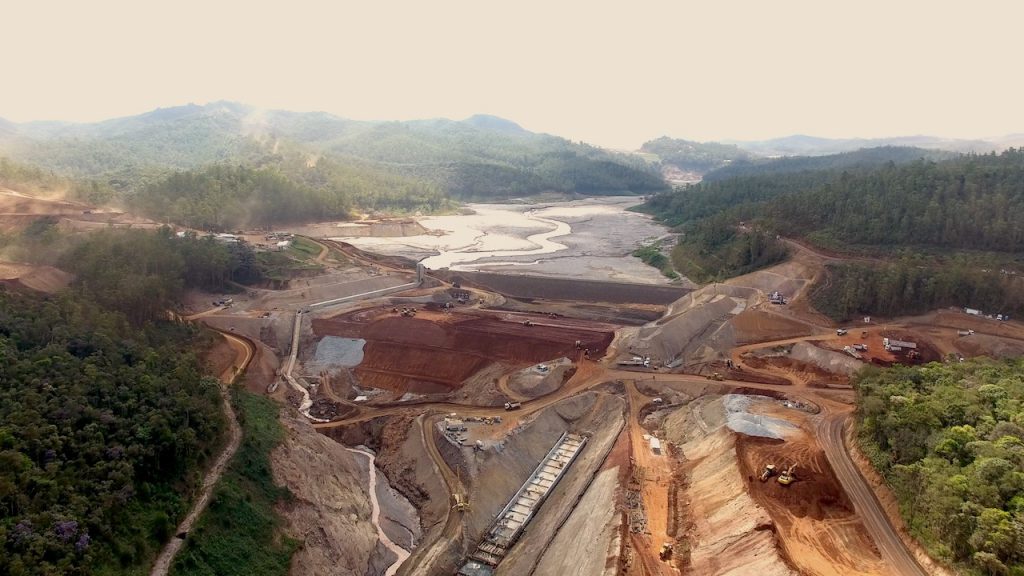Brazil seeks to woo partners in revived ambition to uncover uranium riches

Brazil is looking to attract mining companies to help revive the country’s uranium exploration and production efforts as the world signals renewed appetite for nuclear power.
Latin America’s biggest economy holds 5% of the world’s uranium resources and only produces a tiny amount of the nuclear reactor fuel, according to the World Nuclear Association. Brazil’s resources rank eighth globally, well behind Australia, Kazakhstan and Canada. The last assessment of Brazilian reserves took place 40 years ago, but elevated uranium prices are reviving the nation’s ambitions to seek out new deposits.
Nuclear Industries of Brazil — or INB — is seeking to collaborate with global companies to carry out new research in regions known for their mineral potential. The state-owned company plans to call for bids from partners interested in exploring areas in Brazil’s northeast, midwest and south by year end.
“We aim to move forward 40 years in four,” INB President Adauto Seixas said in an interview. “We have already received visits from companies from Russia, India, Korea, France, Australia, the United States and China.”
Brazil’s push comes amid surging interest in uranium, with investors piling into a radioactive metal that underpins a global push to tap carbon-free energy in the form of nuclear power. Uranium prices this year peaked in early February and though they’ve since retreated, levels are still above the historical average.

The Brazilian initiative is called the Uranium and Associated Mineral Resources Prospecting and Mining Partnership Program — or Prouranio. Exploration will be in areas that hold other minerals including copper, gold and rare earth elements that occur alongside uranium. INB’s strategy includes mining already mapped areas with help from private firms.
Yet, Brazilian minerals research industry group ABPM argues that a partnership model doesn’t suit the private sector, which would want to operate independently. The group’s head, Luis Mauricio Azevedo, suggests that Brazil should open up uranium exploration and development — a move that could help boost global supplies.
“If we have the reserves we imagine, Brazil could be a storehouse of energy for the world,” he said.
Miners are already approaching INB to collaborate on developing potential uranium from its rare earth deposits. Australia’s OAR Resources signed a memorandum of understanding in August to determine the potential for some projects. Brazil produces 105 tons a year — enough to cover about a quarter of uranium the country uses to feed two nuclear reactors west of Rio de Janeiro.
Despite Brazil’s desire to go big in uranium, government bureaucracy may be a hurdle. Fertilizer producer Galvani partnered with INB to extract and process phosphate products and uranium concentrate more than a decade ago, yet the company is still waiting for permits to operate a project known as Santa Quiteria.
Galvani expects to get its first environmental license for the mine this year after Brazil’s nuclear regulator approved the location and authorities agreed to analyze the project’s environmental impacts, chief executive officer Marcelo Silvestre said. He said the operation, which could start by 2028, may produce 2,300 tons of uranium a year — enough to turn Brazil into an exporter.
Galvani expects to invest 2.5 billion reais ($438 million) in Santa Quiteria, according to the CEO, who also said the firm would consider bidding in future INB auctions.
INB is also seeking partners for production in the southeast mining area of Gandarela as well as northeast Brazil’s Lagoa Real, which would involve expanding its Caetite mine and concentration plant — the country’s only operational facility. INB plans to raise 66.7 billion reais through production partnerships over three decades.
(By Mariana Durao)
{{ commodity.name }}
{{ post.title }}
{{ post.date }}

Comments